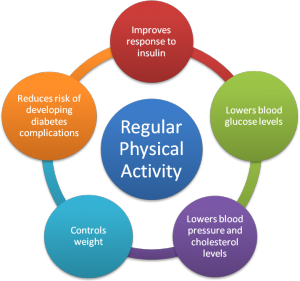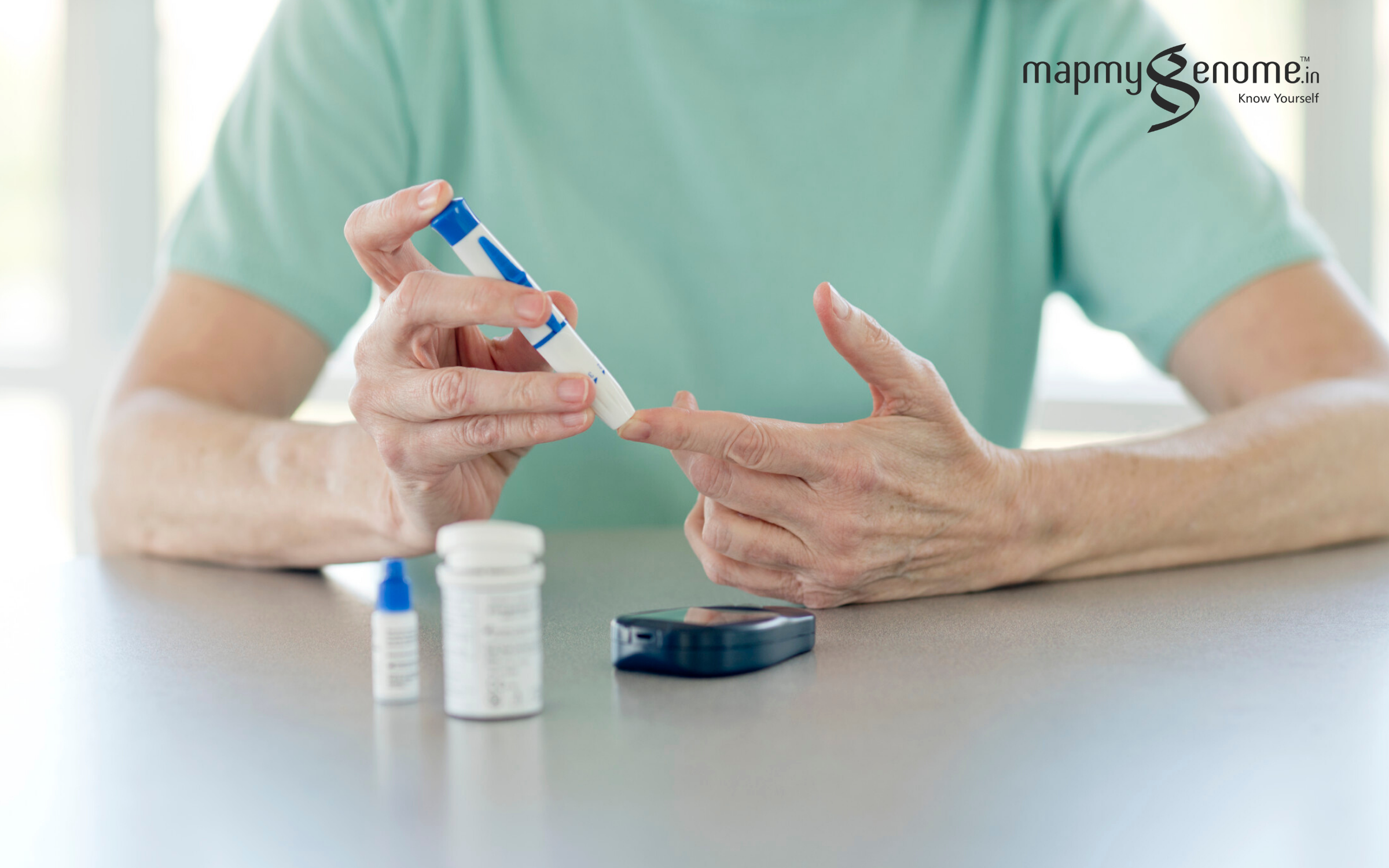
The concept of physical activity and exercise has slowly picked up pace in India. People have recognized the shortcomings in their daily routine that adversely affects their health, and consequently are making efforts to stay healthy by involving themselves in regular workouts, may it be hitting the gym, cycling, swimming, jogging, playing a sport or aerobics – there are many fitness choices.
Physical activity benefits everyone, but it is especially advantageous to diabetic people.
AEROBIC EXERCISES
Aerobic exercise can be done at various intensity levels; thus, no matter what physical condition you are in there is an aerobic exercise for you. Aerobic exercise is known to be one of the main reasons for “fat burning.” This is because: after about 20 minutes of aerobic exercise the body begins to use its stored fat as fuel. If you do it regularly, your body’s metabolism speeds up and you are able to use more calories even when at rest.
According to recent research just 10 minutes of aerobic exercise 3 times a day, 5 days a week will help your fitness levels tremendously.
It is the duration of the exercise rather than the intensity that matters. A beginner is recommended to start with low-intensity training.
Once you are comfortable with your daily exercise, you can proceed with the moderate level intensity training. Your priority should be to do at least 30 minutes of moderate-intensity physical activity such as brisk walking or swimming every day. This can be two 15-minute sessions or even three 10-minute sessions. To achieve a level of moderate intensity physical activity, you need to notice your breathing and heart rate speeding up and perhaps a light sweat. If you are gasping and unable to talk, you probably require 1-2 minutes rest before getting back.
RESISTANCE TRAINING/ STRENGTH TRAINING
Once you kick start with aerobic activity, you can incorporate resistance training in your regime. Resistance training gives you lean, efficient muscles, and it also helps you maintain strong, healthy bones. This is especially beneficial for you if you have type-2 diabetes, as muscles require more glucose, and increasing their activity can control blood sugar levels better.
Weight training is one of the most used resistance training techniques, although you can use your own body weight to build up strength — think of pull-ups and push-ups.
When you go ahead with a weight training program, make sure you know how to use all the equipment. Ask your fitness trainer to give you a demo on how you should properly use the weights and to learn the best exercises that are suitable for you.
Prior to resistance training, it is advisable to do some basic flexibility exercises.
Perform an average of 8-10 different exercises using all the major muscle groups. Lifting weights for 20-30 minutes two or three times a week is sufficient to get the full benefits of strength training.
HIGH-INTERVAL INTENSITY TRAINING (HIIT)
This is a popular mantra for effectively melting fat and getting a lean body. Significant “after-burn” (for the rest of the day!) is one of the main benefits of HIIT, helping you stay fitter for longer, even you are resting. HIIT is performed in sets of explosive, intense exercises for timed intervals, with resting periods in between.
Sample HIIT sequence –
Squat run for 60 seconds → Rest for 20 seconds → Squat run for 60 seconds → (repeat or do next exercise)
This technique is employed to improve existing fitness, boost weight loss, fight stubborn fat, maintain glycemic control, insulin sensitivity etc. However, adequate warm-up and cool-down segments are mandatory to minimize injury risk.
Specific recommendations for Diabetics:
- If on insulin medication, ensure adequate carbohydrate intake to avoid post-exercise hypoglycemia.
- Monitor blood glucose levels before, during and after exercise, especially if you are taking fast-acting medication which can rapidly alter glucose levels.










